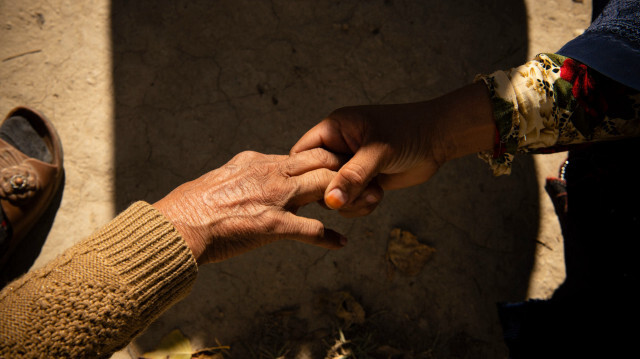
Older women and women with disabilities face particular risks of abuse, yet their situations remain largely hidden in most global and national violence-related data, according to two publications released Wednesday by the World Health Organization (WHO).
The UN health agency is calling for better research to help ensure that those women are counted and their specific needs are understood and addressed.
Intimate partner and sexual violence are the most common forms of gender-based violence globally that affect 1 in 3 women, according to the WHO.
“Older women and women with disabilities are under-represented in much of the available research on violence against women, which undermines the ability of programs to meet their particular needs,” said Dr. Lynnmarie Sardinha, a technical officer at WHO.
Sardinha serves the UN Special Program on Human Reproduction (HRP) for Violence against Women Data and Measurement, is the author of, “Understanding how diverse women and girls are differently affected, and if and how they are accessing services, is critical to ending violence in all its forms.”
The WHO said where there is evidence of gender-based violence amongst those groups, data shows a high prevalence.
One review found greater risks of intimate partner violence for women with disabilities compared with those without, while another found higher rates of sexual violence.
- Older women subjected to violence
Older women and women with disabilities are subjected to violence but also face specific risks and additional forms of abuse, sometimes at the hands of caregivers or health care professionals, including coercive and controlling behavior, such as withholding medicine, assistive devices, or other aspects of care and financial abuse.
Among women aged 60 and older, a review conducted by WHO found that physical and sexual intimate partner violence remained the most frequently experienced forms of abuse.
But as partners aged, some women reported a shift from predominantly physical and sexual violence to psychological violence, including threats of abandonment and other controlling behavior.
Older women and women with disabilities can be highly isolated when violence occurs, making it more difficult for them to escape and report the abuse, according to the WHO.
Stigma and discrimination can further reduce access to services or information or result in the dismissal of their accounts of violence by responders.
“Gender-based violence is rooted in unequal power and control over women,” said Dr. Avni Amin, head of the Life Course Unit at WHO and the UN Special Programme on Human Reproduction (HRP).
“For older women and women with disabilities, their dependency and isolation are further exploited by perpetrators, increasing their risk of abuse,” said Amin.
The WHO recommends several measures to address evidence gaps.
It noted that older women are currently represented in about 10% of data on violence against women.
The two WHO research papers -- measuring violence against older women and measuring violence against women with disability, stress that older women and women with disabilities and their representative organizations should be engaged in all phases and aspects of survey design and implementation.
The WHO said the Foreign and Commonwealth Development Office of the UK government provided funding for the research.













